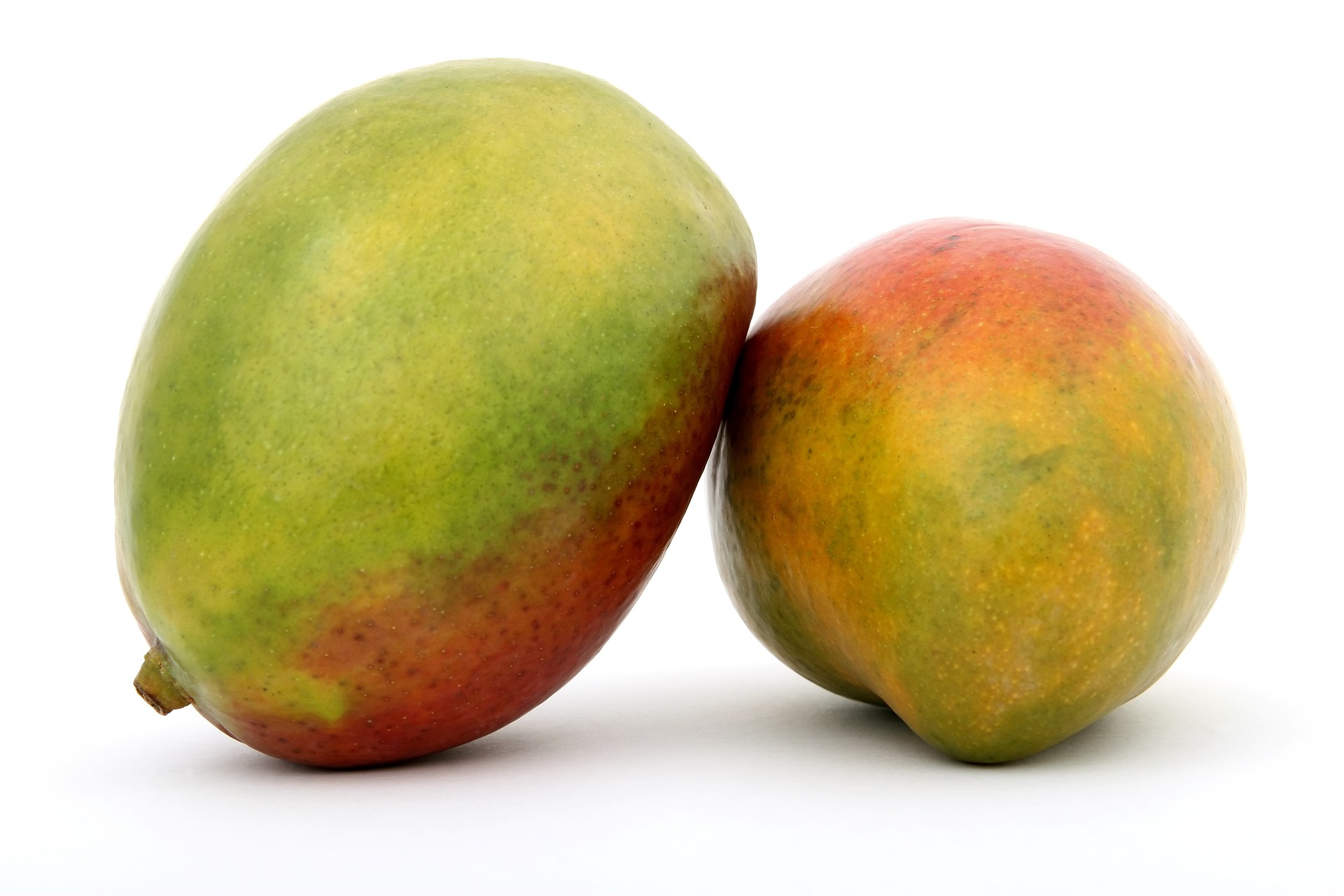These exotics bring the tropics to your plate even in winter: mangoes. But how do I tell if the fruit is ripe-and what’s the best way to serve it? A few tips.
The sweet flesh of a mango is bright yellow-orange – but how do you tell if it’s ripe from the outside when you’re shopping? Sometimes the skin is more green to yellow-orange, sometimes it has red cheeks. Important to know: The color says nothing about the ripeness, but depends on the variety, says the Federal Center for Nutrition (BZfE).
Smell and hardness reveal whether the mango is ripe
Instead, a ripe mango smells aromatic and gives way when pressed lightly with a finger on the peel. A hard fruit, however, can be allowed to ripen well. Either just leave it at room temperature for few days or put it in the fruit bowl with apples or bananas to speed it up. If, on the other hand, you want a fully ripe mango to last another day or two, put it in a cool, dark place – but not in the refrigerator.
What is the best way to cut a mango?
And this is how the mango is served: First rinse the fruit and then stand it on end. Using a sharp knife, cut down a large piece lengthwise along the stone on both sides. In these halves, cut the flesh in a grid pattern until just before the peel. Then invert so that the mango pieces protrude like hedgehog spines. You can now easily separate them from the peel with a knife.
Peel the remaining middle piece of the mango and cut the flesh off the stone. The fruit tastes good not only on its own, but also in muesli, smoothies and savory dishes. Tip: Mixed in, a mango softens the somewhat bitter taste of a chicory, endive or radicchio salad.
- source: fitbook.de with material from dpa/picture: Image by Shutterbug75 from Pixabay
This post has already been read 1044 times!



